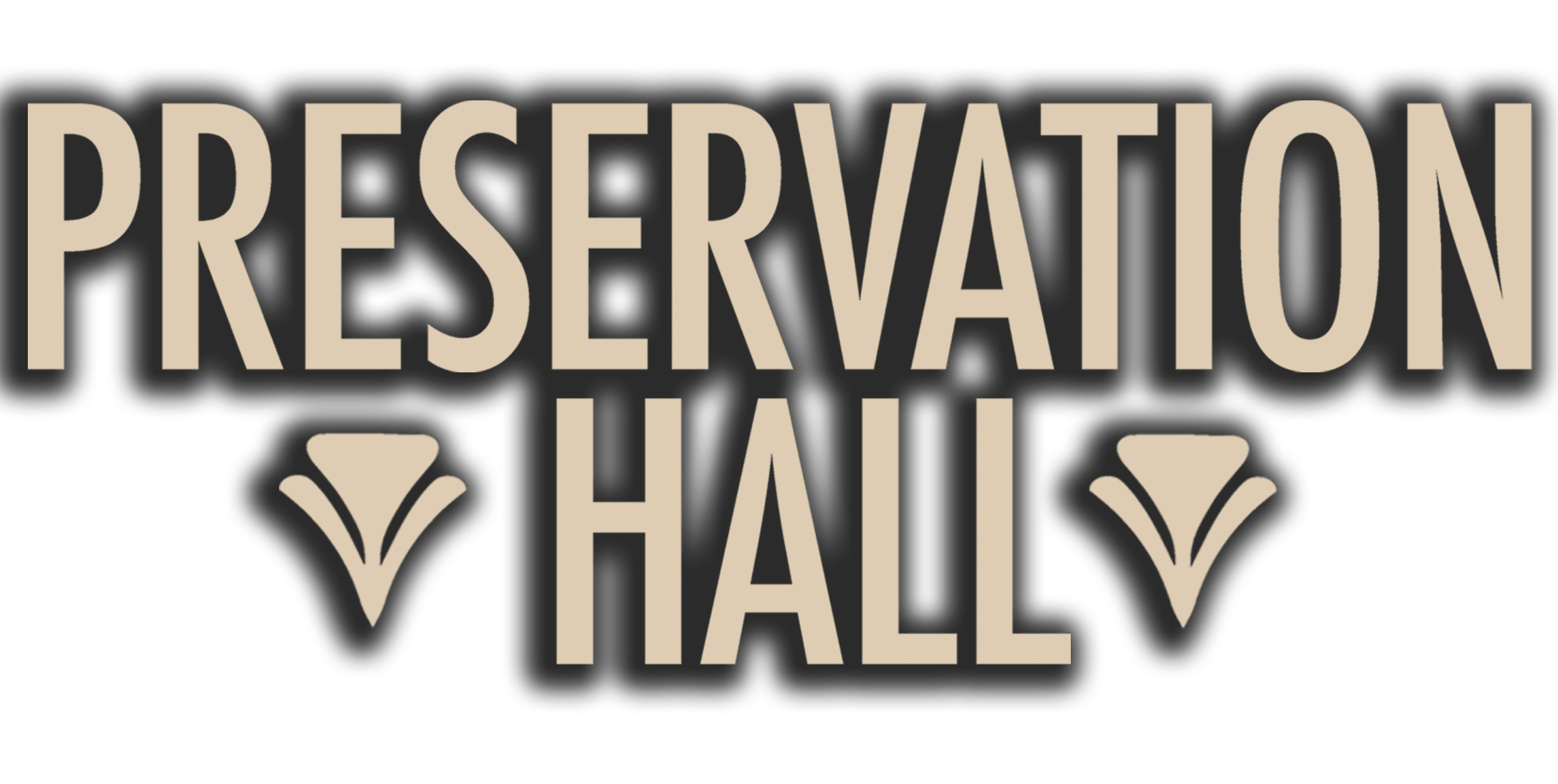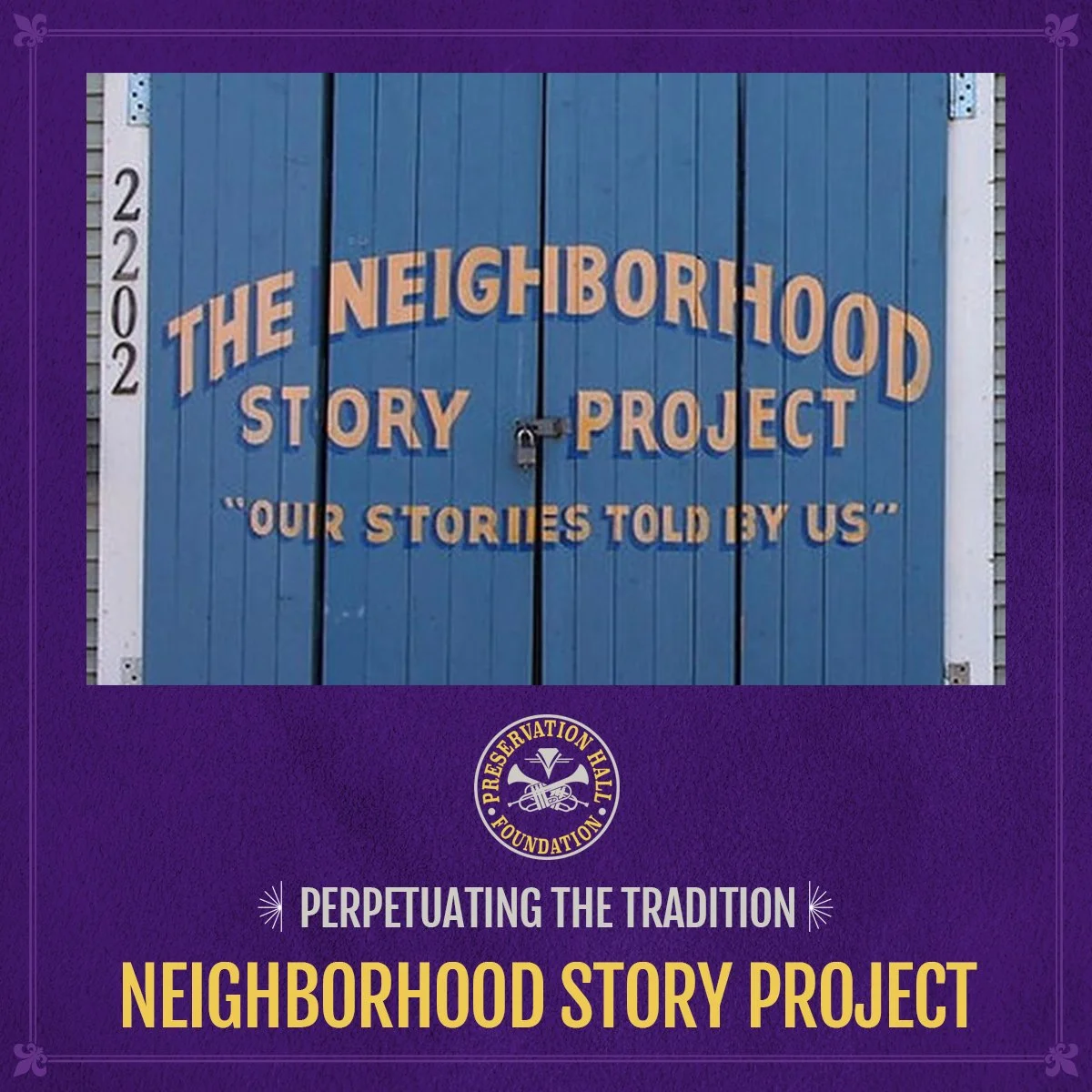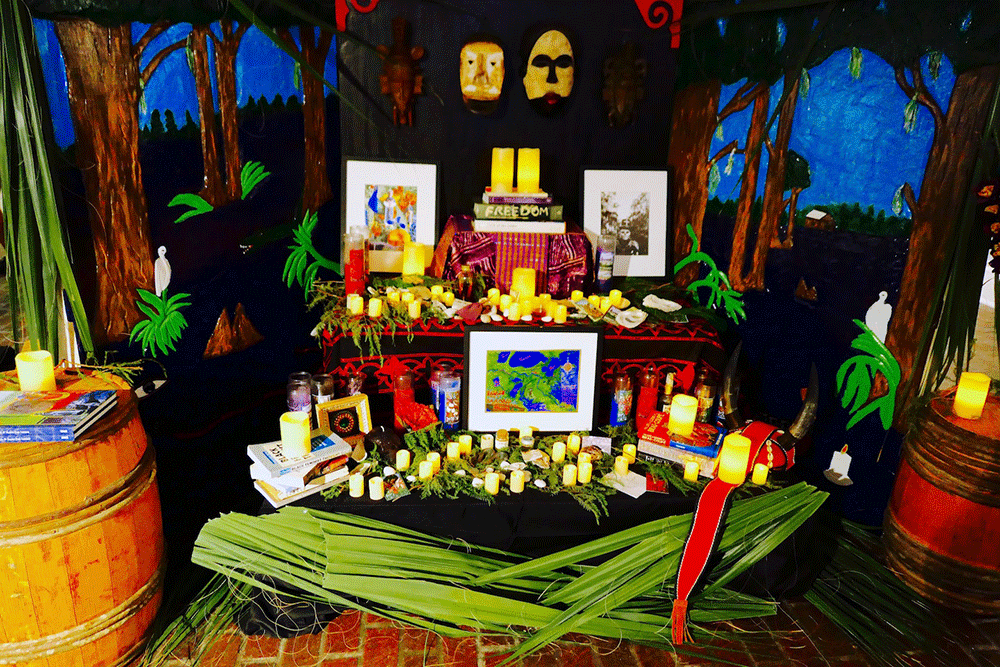Community Spotlight:The Neighborhood Story Project
Community Spotlight by Michael Allen Zell
The Neighborhood Story Project (NSP) has been a stalwart of the New Orleans community for almost 20 years. They’ve produced an equivalent number of books, worked with adults & children all over the city, and hosted numerous events, including the recent The Glass House Revisited.
Rachel Breunlin is the NSP Director/Co-Founder. She took time from her busy schedule to explain what NSP is all about. In the same way she has spent countless hours transcribing interviews and letting the words of the subjects themselves shine through, this is structured to let her vision resonate.
How did NSP get started? Was it prompted by the aftermath of Hurricane Katrina?
“We began before Hurricane Katrina in 2004. Abram Himelstein and I co-founded it together. We were teachers in a writing program called Students at the Center that was run by Jim Randels and Kalamu ya Salaam. It was in high schools around the city, and the teachers would get together to co-produce events for the students to have audiences. We began the NSP as a way of engaging our students in a long-term project at John McDonogh Senior High School. This was the only one that was the regular John Mac. They loved their neighborhood so much back then like now. There’s a lot of music related to different parts of the city, and we thought we could do something similar with literature. My background is in anthropology, and Abram was a publisher and creative writer. The early methods of the NSP were a hybrid of our skill sets. We created five books that are ethnographies of different neighborhoods around the city. They were published in June of 2005. They’re basically portraits of the year before Katrina.”
Was there an existing model that you emulated or was NSP created from what you’d learned?
“We had taught for quite a long time, and that's why I bring up Students at the Center. It was a good model for understanding how young people do better if they have an audience. My students loved to read their stories out loud and hear each other's. That was definitely a draw for me. Abram had seen the power of doing your own publishing instead of waiting for other people to say that this is worthy of distribution. I think a combination of those things. Also anthropology--learning to listen to others, hear their stories, and be respectful about the way they are presented. All of those things were coming together. I wouldn't say collaborative anthropology. I would say co-editing. We interviewed families and people, transcribed all those interviews, edited them, and then gave them back to the people we were working with to make sure we got it right. That created beautiful buy-in for the projects. It’s been the core of our methodology ever since, the idea of co-editing or co-creating. We did another round of books after the storm. We did a book with Nine Times Social and Pleasure Club the year that the schools were completely closed. We returned from 2007 to 2009, then the school was chartered after it left the Recovery School District, and at that point we were much more involved.”
How did you come to find the subjects of the different books?
“It was weekend writings at the house that began with the kids’ neighborhoods. They applied to get into the program. Not very many people applied, because this was a new thing. We had a small cohort, which is good, because five different sites around the city is a lot to manage. Back then people lived in the same neighborhood for a long time. From there we snowballed projects. Usually you'll see the seed of a new book in an older book. If you look at “What Would the World Be Without Women: Stories from the 9th Ward,” there's Evella “Ms. Coochie” Pierre, the Queen of Nine Times in 2004, on the cover. She gave an interview in there.”
Do you view the role of NSP as helping to preserve culture, or do you look at it as wanting to work with people and have them express themselves?
“That's a big question, but I definitely have an eye on long term archives. We've been doing it for almost 20 years now, and some people have passed on. A lot of things we took for granted around community spaces and experiences that were just part of day-to-day life have really shifted. It's been good to have the stories and the documentation of everything that happened. I like to work with what's beautiful about the city and support that. The students taught me about their neighborhoods early on. They gave me these amazing windows into different parts of the city. I've been privileged to be able to spend a lot of time in them and live there. Participate in the life of the city and share the stories. It’s a cross-cultural exchange and cross-generational exchange to pull out the best of ourselves. Abram used to say it reweaves the fabric of community, and I still believe that's true. It's a beautiful way to bring people together, the ethnography to live well. Supporting the soulfulness of the place. That would be my ongoing mission for why I do it.”
Did you see right from the jump the benefit of physical books compared to oral history?
“The books will live in in the world. They pass around hand-to-hand. People will take it home and someone else will read it. They circulate all through the city. We profit-share with the book, so they've been an economic engine for our partners that we do books with. The students sold them when they were younger and they still do to a certain extent. Ronald Lewis’ (Founder & Curator of the House of Dance & Feathers museum and the Big 9 Social Aid & Pleasure Club) catalog for the House of Dance & Feathers was one of the main ways the museum was sustained over the years. Nine Times Social and Pleasure Club sold their book, Backstreet Cultural Museum, and all of these entities have used the book as a way to raise money for their organizations and be able to contribute their own stories from their own points of view. I had a long relationship with Sylvester Francis (Founder & Curator of The Backstreet Cultural Museum) and also with Ronald. I learned a lot from them. I just helped Ronald's wife rebuild the museum after he passed away last fall. It's back open and his book continues to live there. We're going to do a reprint of it this spring. This is real labor for us, because it's not like you make a lot of money doing this kind of thing. The University of New Orleans has been key to our longevity because they pay my salary, and we've been in partnership since basically the beginning. I wouldn't be able to devote so much time and energy to each project if it wasn't for the stability of my job.”
Other than the “The House of Dance & Feathers” reprint, what are the other books that will be rereleased or new to come along the rest of 2023?
“Signed, the President,” which is the book of Kenneth Phillips whose uncle was DJ Irv (Irvin Phillips), one of the founders of bounce music. He grew up in the St. Bernard projects and talks about what it means to be a young gay man coming of age in New Orleans. We're also doing a booklet that Preservation Hall is supporting called “Le Kèr Creole,” which is music and interviews that we recorded at the corner store. It'll be an album with a companion booklet. We’re also reissuing “Return to Yakni Chitto: Houma Migrations” by Monique Verdin.”
San Malo's altar on display at Le Kér Creole: Runaway Slaves, Music, and Memory in Louisiana at the Louisiana State Museum's Arsenal #1 at the Cabildo on Jackson Square includes wood carvings by artist Charles Gillam of the Algiers Folk Art Zone. Photograph by Bruce Sunpie Barnes
Rachel, would you conclude by speaking about how The Glass House Revisited event came about and your thoughts about the event?
“During the pandemic I worked with the Historic New Orleans Collection on a series of oral histories with the Presidents of Social Aid & Pleasure Clubs. We did 25 interviews using the same kind of methods that I did with all of our books. It’s a really beautiful archive of oral histories. We were reminiscing about the Glass House. It's an important place where they came of age and danced with each other. We got a grant from the National Endowment for the Humanities in partnership with the University of California Berkeley to do teaching resources on New Orleans with some of our long-term partners. Roger Lewis (Co-founder of The Dirty Dozen Brass Band) was one of them. We had funding to do a concert, so I said rather than just doing a regular concert, what if the clubs co-produced the night and we reimagine the Glass House with the original Dirty Dozen and Rebirth Brass Bands? We thought we would invite people who had created that scene back in the day. Young Men Olympians said that we could have an organizing meeting at their clubhouse in Central City. The clubs sent representatives to the meeting to get it all planned out. They nominated DJ Jubilee to be the MC. I had asked Pam (Pamela Blackmon, Programs Manager of the Preservation Hall Foundation) that we were looking for a place where we could have really good sound and a big enough space for everybody to be able to dance. I thought that the Toulouse Theatre solution was nice in terms of having a special evening together. She said she would help me organize it with Greg (Greg Lucas, Executive Director of the Preservation Hall Foundation) and Ivy (Ivy Mouledoux, General Manager of the Toulouse Theatre) and they were all very generous in supporting it. That was a big deal for helping us to be able to get it off the ground.”





